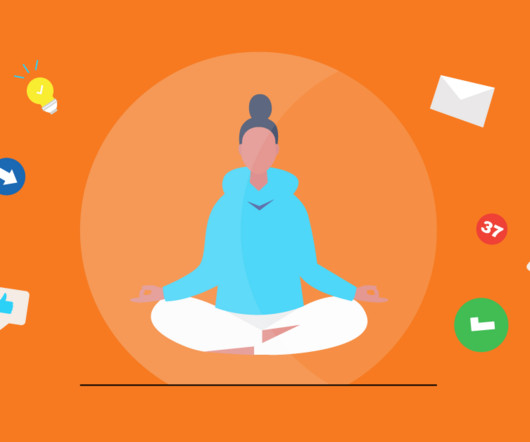Twitter’s Impact on Your Brain-Same as Bilingualism
Kapp Notes
APRIL 20, 2011
Studies on infant brains have shown that knowledge retention is only possible when accompanied with personal interaction or activity, but this becomes even more important as people get older. They become more facile at adjusting to new situations and inventing new situations.”.


















Let's personalize your content